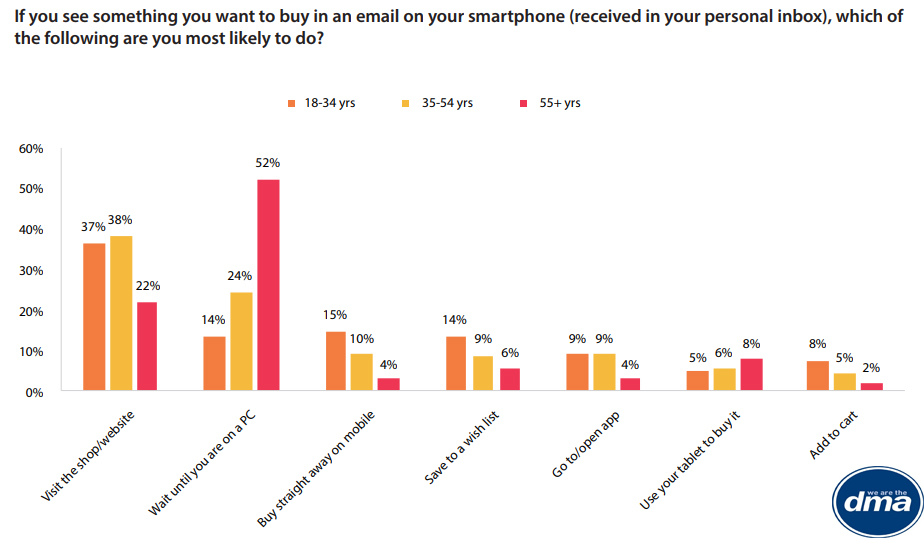Consumer Email Tracker, 2019 | Data & Marketing Association
Consumer Behavior | UK
Subscription service is saving customers the hassle of thinking. They don’t have to remember to purchase from your brand, to research your website, or visit your store. They only have to put in the work of signing up once. Then, they can just sit back and enjoy the subscription. They don’t have to remember to keep refilling products or renewing their subscription. Brands do that for them, ensuring they always have notified with new products or services. And because you know how many customers you have, you can predict and make better estimates around supply. Then you can optimize your inventory to actually meet demand, instead of having a ton of unsold products sitting around in a warehouse. Subscription brands simply provide more customer touchpoints than brands that don’t offer any subscription services.
The Key Findings of The “Consumer Email Tracker 2019” Report:
- Discounts and offers are the main motivating factor for consumers to sign-up for a brand with a rate of 51%.
- Receiving too many emails from a brand is the main reason for unsubscribing from brands with a rate of 59%.
- The majority of consumers prefer email communications from brands above any other channel with a rate of 59%.
- When receiving interesting email consumers would click on a link from the email with a rate of 40%.
- Consumers tend to take action via the brand’s website or the button within an email with a rate of 70%.
- If there is an opportunity for control consumers would like to reduce the frequency of emails they receive from brands with a rate of 36%.
- GDPR has made consumers more confident about how brands treat their personal data with a rate of 41%.

A Graph Shows How Consumers in The UK Interacts When They Receive Emails From Brands, 2019.
The Content of “Consumer Email Tracker 2019’” Report:
- Introduction.
- Foreword – DotDigital.
- Foreword – DMA Email Council.
- Exec Summary.
- Marketing Landscape.
- Marketing Preferences.
- GDPR Effect.
- Email Ownership.
- Email Addresses.
- Receiving and Opening.
- Emails Received.
- Engagement.
- Content and Actions.
- Content.
- Actions.
- Who is Doing Email Well?
- Sign-ups and Unsubscribes.
- Sign-ups.
- Unsubscribes.
- Methodology.
- About the DMA.
- About DotDigital.
- Copyright and Disclaimer.
Number of Pages:
- 23 Pages.
Pricing:
- Free.
Methodology:
Data were driven in November 2018 via an online survey of 2,022 respondents of UK adults. The data was collected and collated by ResearchNow, then analyzed by the DMA Insight department. This report is written and designed by the DMA Insight department and in-house design team. The survey consisted of a maximum of 28 questions.







